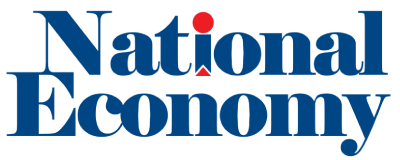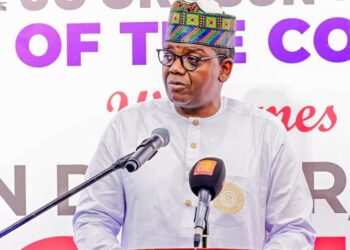Banks’ borrowing from the Central Bank of Nigeria (CBN) fell sharply by 43.76 per cent in January 2025, reflecting improved liquidity conditions in the financial system. At the same time, deposits with the apex bank surged by 20.3 per cent, indicating a shift in banks’ liquidity management strategies.
According to CBN data, borrowing through the Standing Lending Facility (SLF) dropped from N16.27 trillion in December 2024 to N9.15 trillion at the end of January 2025. However, compared to January 2024, borrowings have surged 158.5 per cent from N3.54 trillion.
On the deposit side, banks’ Standing Deposit Facility (SDF) holdings rose to N9.39 trillion in January, up from N7.8 trillion in December. Year-on-year, deposits with the CBN skyrocketed by 627 per cent, compared to N1.29 trillion in January 2024.
This shift follows the CBN’s policy adjustments last year, which lifted the suspension on SLF and introduced tiered interest rates on deposits. Commercial and merchant banks now receive 25.75 per cent interest on deposits up to N3 billion and 19% on deposits above N3 billion. Payment Service Banks (PSBs) earn 25.75 per cent on deposits up to N1.5 billion, while amounts exceeding that threshold attract 19 per cent interest.
Meanwhile, the Federal Accounts Allocation Committee (FAAC) disbursed N1.4 trillion into the financial system in January, reducing banks’ short-term borrowing needs.
In the primary market, the CBN conducted an OMO auction, offering N500 billion, which was oversubscribed by N1.1 trillion. The Debt Management Office (DMO) also led Nigeria Treasury Bills (T-bills) auctions, attracting N2.5 trillion in investor interest.





